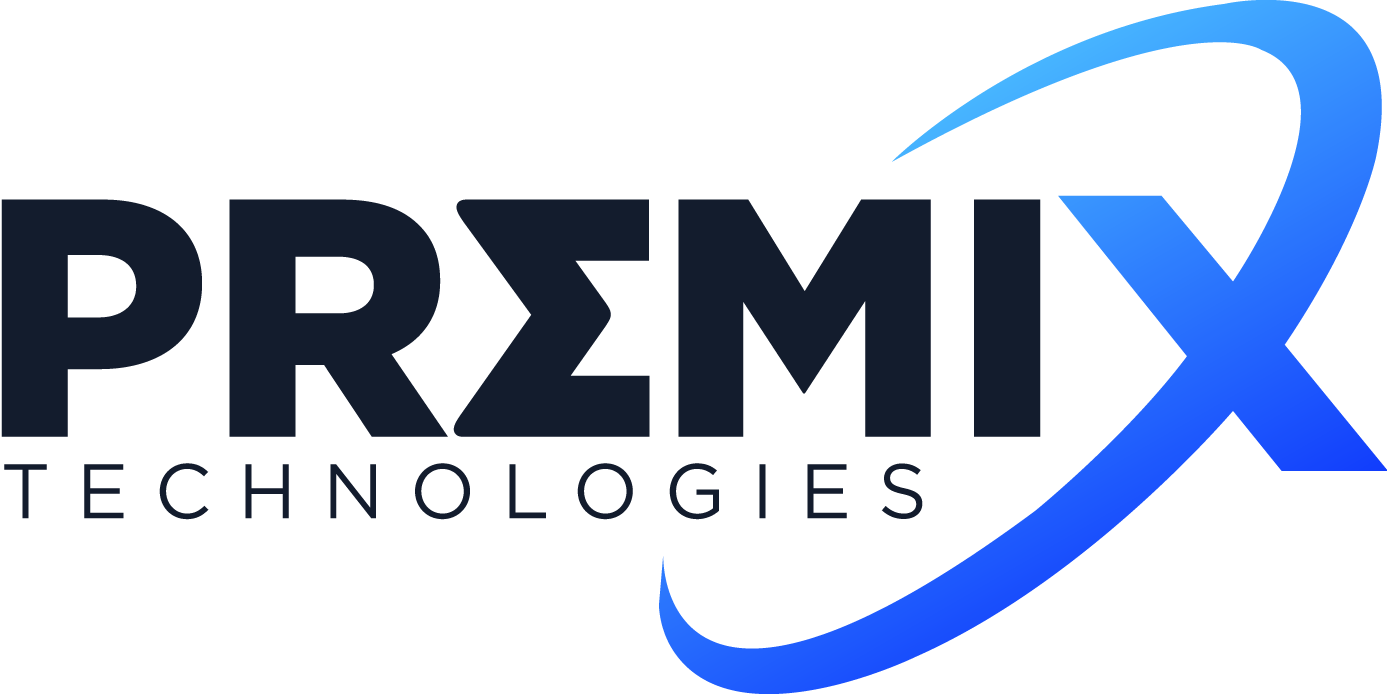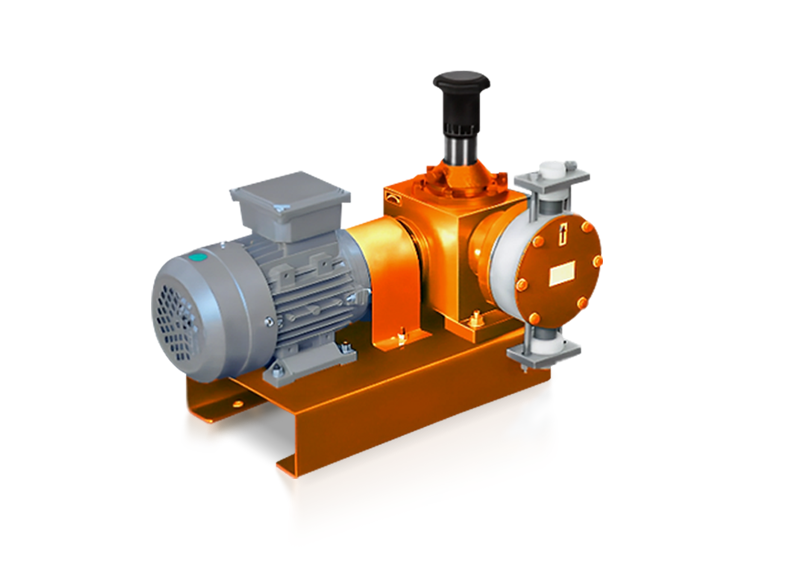Premix Technologies is proud to introduce our mechanically actuated diaphragm pumps, engineered to deliver unmatched performance, reliability, and durability in fluid handling applications. As industry leaders in innovative pump solutions, we are committed to meeting the evolving needs of our customers with cutting-edge technologies that optimize efficiency and productivity. In this comprehensive guide, we explore the detailed description, features, technical specifications, advantages, and more of our mechanically actuated diaphragm pumps, demonstrating how they redefine fluid handling excellence.
Detailed Description: Premix Technologies' mechanically actuated diaphragm pumps are precision-engineered to provide consistent and reliable pumping performance across a wide range of applications. These pumps feature a robust construction and advanced design elements to ensure maximum durability and operational efficiency, even in the most demanding environments.
Technical Specifications:
- Liquid head: Polypropylene, PTFE, PVDF, AISI 316L, AISI 304, AISI 316.
- Check Valves: Polypropylene, PTFE, PVDF, AISI 316L, AISI 304, AISI 316.
- NRV ball: Polypropylene, PTFE, PVDF, SS316, SS304, SS316L, Ceramic.
| Sr. No. | Pump Model | Capacity Max (LPH) | Pressure Max (Kg/cm2) |
|---|---|---|---|
| 1 | PRMD - 1 | 50 | 5 |
| 2 | PRMD - 2 | 200 | 5 |
| 3 | PRMD - 3 | 500 | 4 |
| 4 | PRMD - 4 | 1000 | 3 |
- Pump Capacity: Varied capacities available to suit different flow rate requirements
- Construction Materials: High-quality materials selected for chemical compatibility and durability
- Adjustable Stroke Length and Rate: Yes
- Power Supply: Standard electrical connection or pneumatic operation options available
- Operating Temperature Range: Suitable for a wide range of operating conditions
Mechanically actuated diaphragm pumps find a wide range of applications across various industries due to their positive displacement, self-priming, and versatile pumping capabilities. Here are some common applications of mechanically actuated diaphragm pumps in different industries:
- Robust Construction: Our mechanically actuated diaphragm pumps are built to withstand the rigors of industrial applications, with durable materials and components that ensure long-lasting performance and reliability.
- Diaphragm Technology: The diaphragm design provides a seal between the hydraulic fluid and the pumped media, preventing cross-contamination and ensuring the integrity of the fluid being handled.
- Adjustable Stroke Length and Rate: Our pumps offer flexibility with adjustable stroke length and rate capabilities, allowing for precise control over the pumping process to meet specific application requirements.
- Versatile Applications: From chemical dosing and water treatment to oil and gas production, our mechanically actuated diaphragm pumps find application in a wide range of industries and processes, providing versatile and reliable pumping solutions.
- 01. Positive Displacement
- 02. Diaphragm Design
- 03. Dual Action
- 04. Versatility
- 05. Self-Priming
- 06. Flow Control
- 07. Dry Run Protection
- 08. Seal-less Design
- 09. Reliable Performance
- 10. Compact and Portable
- 11. Cost-Effective
- 12. Available in Various Materials
Overall, the features of mechanically actuated diaphragm pumps make them ideal for applications where accurate and reliable fluid transfer is required, even in challenging environments or when handling sensitive fluids.
- Enhanced Durability: With a robust construction and minimal moving parts, our mechanically actuated diaphragm pumps offer exceptional durability and longevity, minimizing downtime and maintenance costs.
- Superior Performance: The precise control afforded by adjustable stroke length and rate ensures optimal pumping efficiency and accuracy, resulting in reliable performance and consistent results.
- Minimal Maintenance Requirements: Designed for ease of maintenance, our pumps require minimal upkeep, reducing the need for costly repairs and maximizing operational uptime.
- Environmental Compatibility: Our diaphragm pumps are designed to handle a variety of fluids, including corrosive and abrasive media, without compromising performance or environmental safety.
Mechanically actuated diaphragm pumps find a wide range of applications across various industries due to their positive displacement, self-priming, and versatile pumping capabilities. Here are some common applications of mechanically actuated diaphragm pumps in different industries:
- 01. Chemical Industry
- 02. Water and Wastewater Treatment
- 03. Food and Beverage Industry
- 04. Pharmaceuticals
- 05. Paints and Coatings
- 06. Mining and Metallurgy
- 07. Oil and Gas
- 08. Petrochemical Industry
- 09. Renewable Energy
- 10. Automotive Industry
- 11. Agriculture and Irrigation
Mechanically actuated diaphragm pumps are favored in these industries for their ability to handle a wide range of fluids, offer accurate flow control, and provide a leak-free and hydraulically isolated pumping process. Their reliability, versatility, and compatibility with various fluids make them valuable tools in industrial processes requiring precise and reliable fluid transfer.
Conclusion: Premix Technologies' mechanically actuated diaphragm pumps set the standard for performance, reliability, and durability in fluid handling applications. With their robust construction, versatile capabilities, and low maintenance requirements, these pumps offer an ideal solution for industries seeking to optimize their pumping processes with confidence. Experience the reliability and efficiency of Premix Technologies' mechanically actuated diaphragm pumps and elevate your fluid handling operations to new heights.


